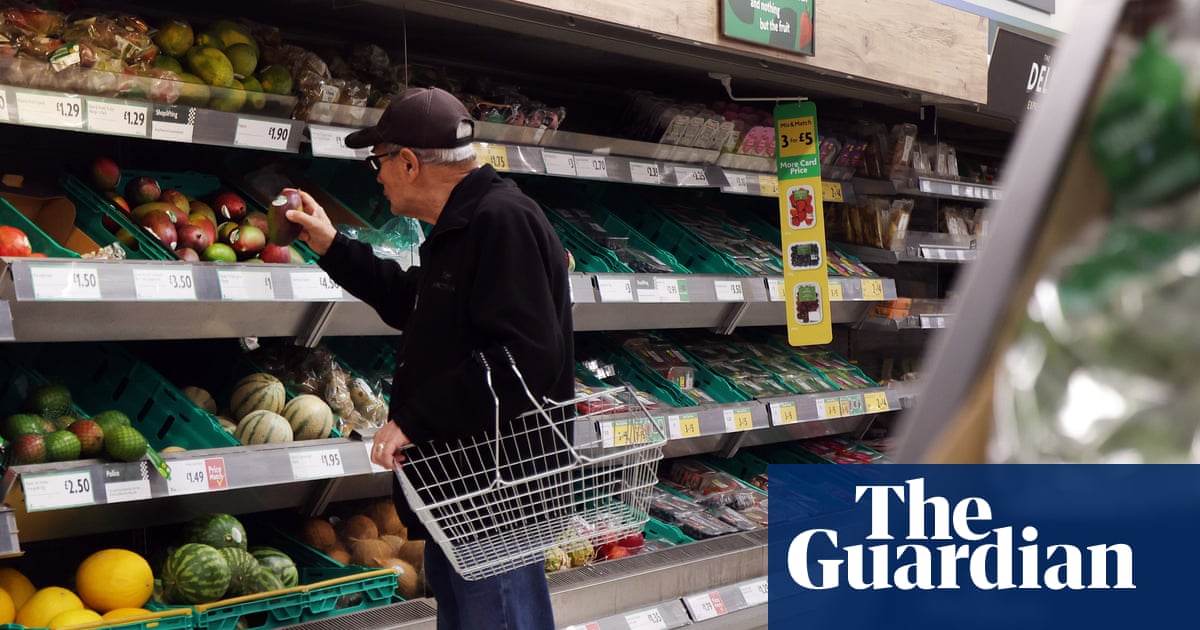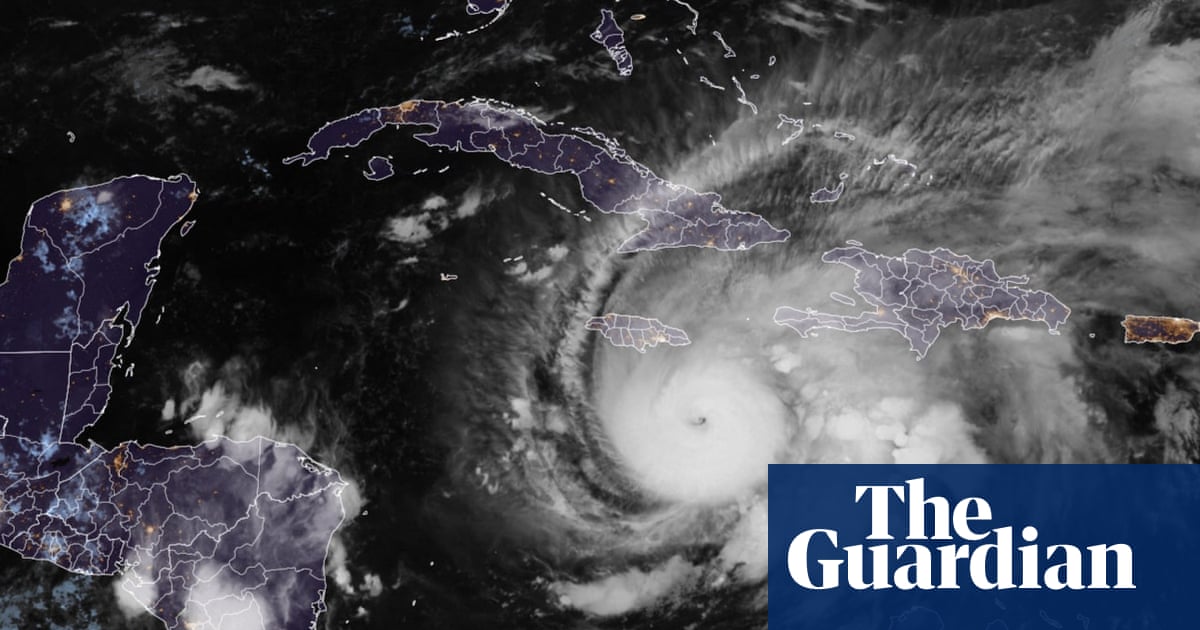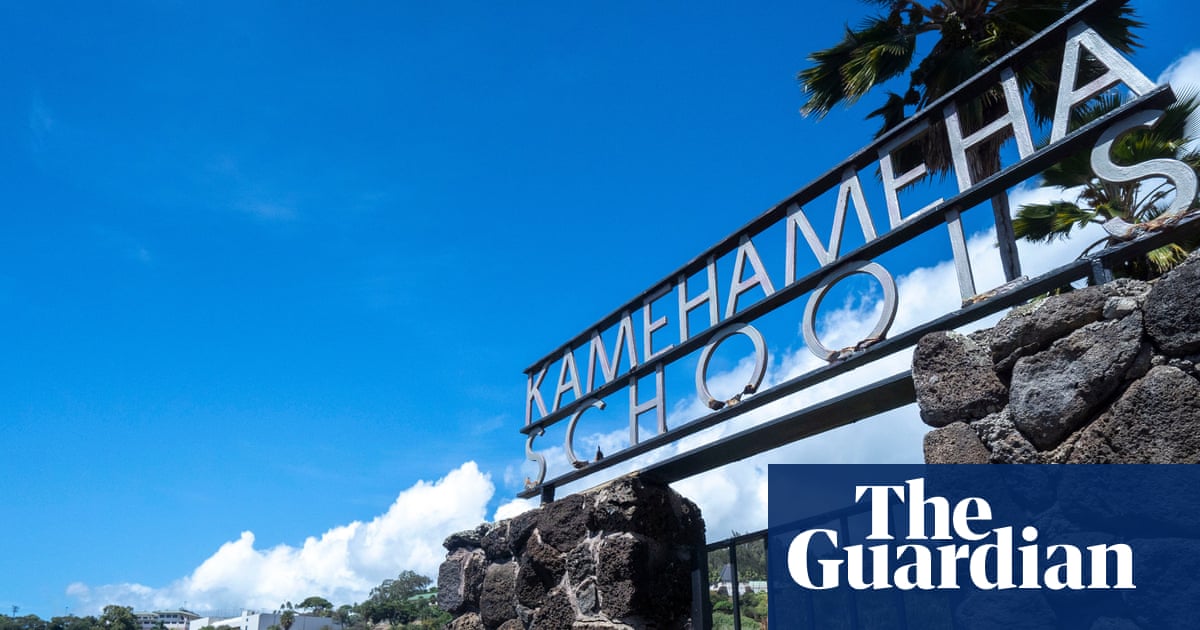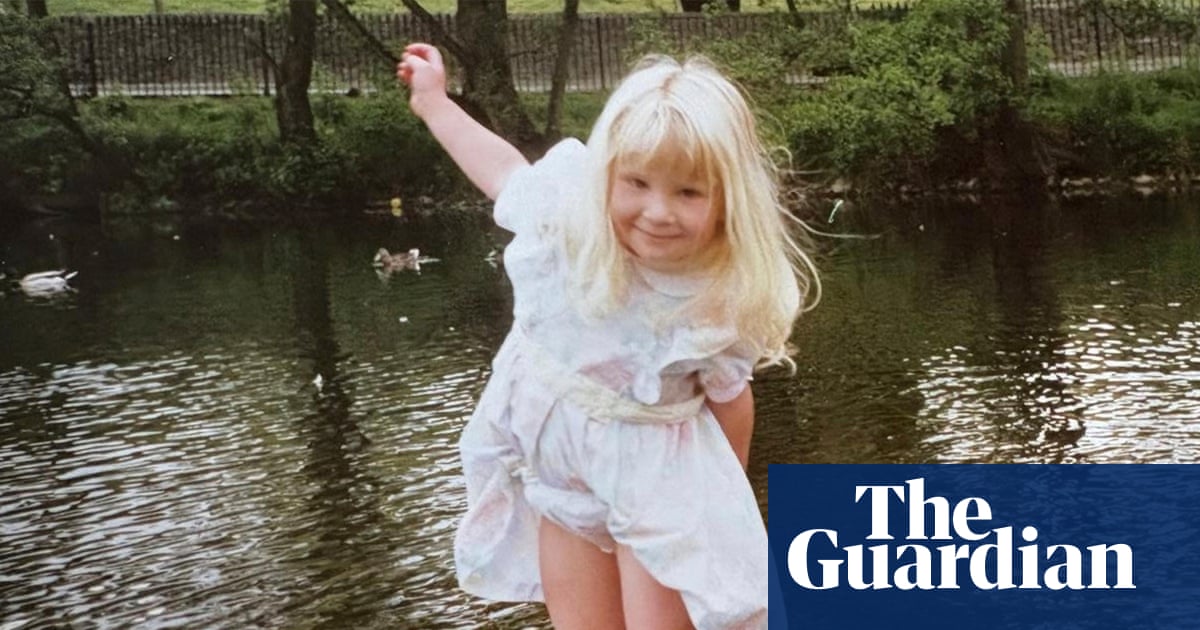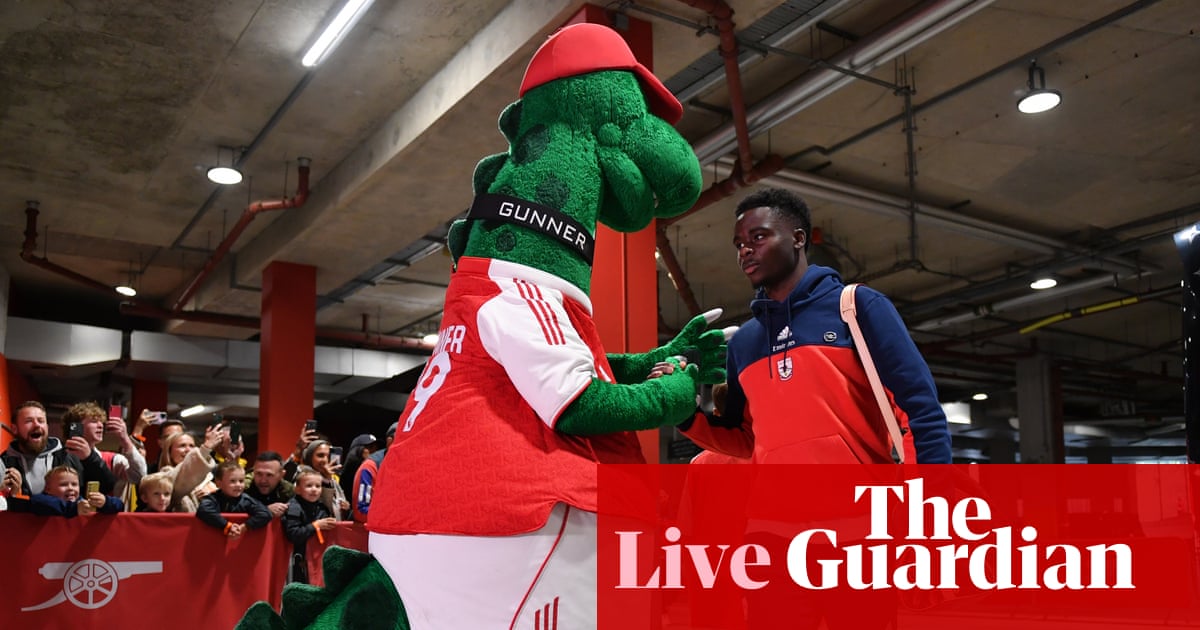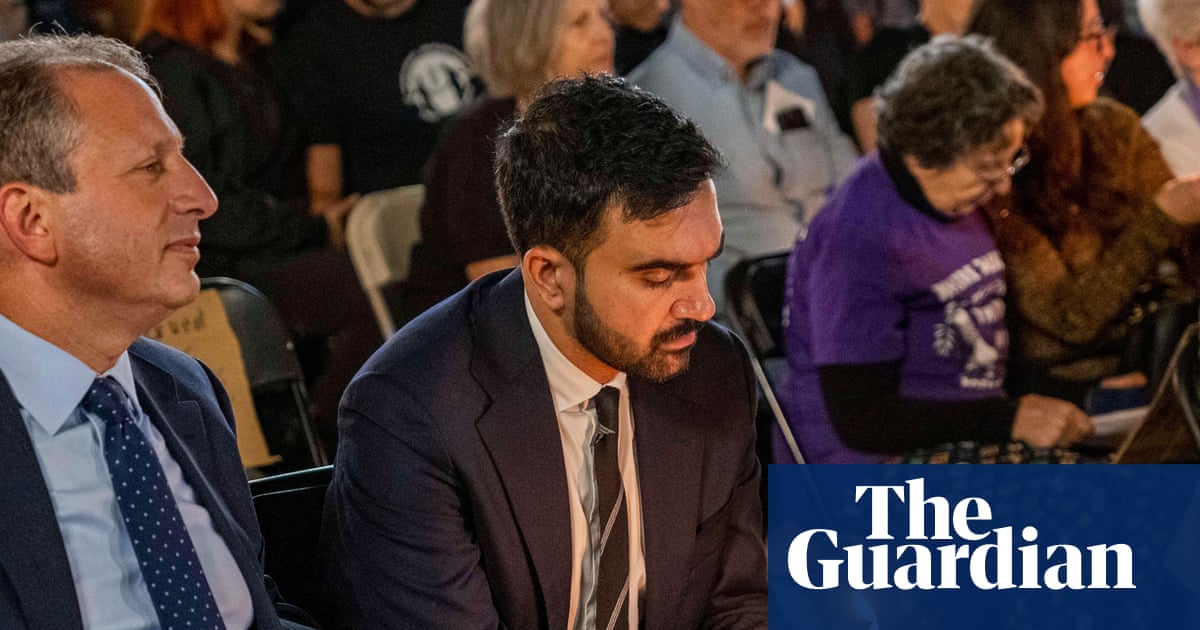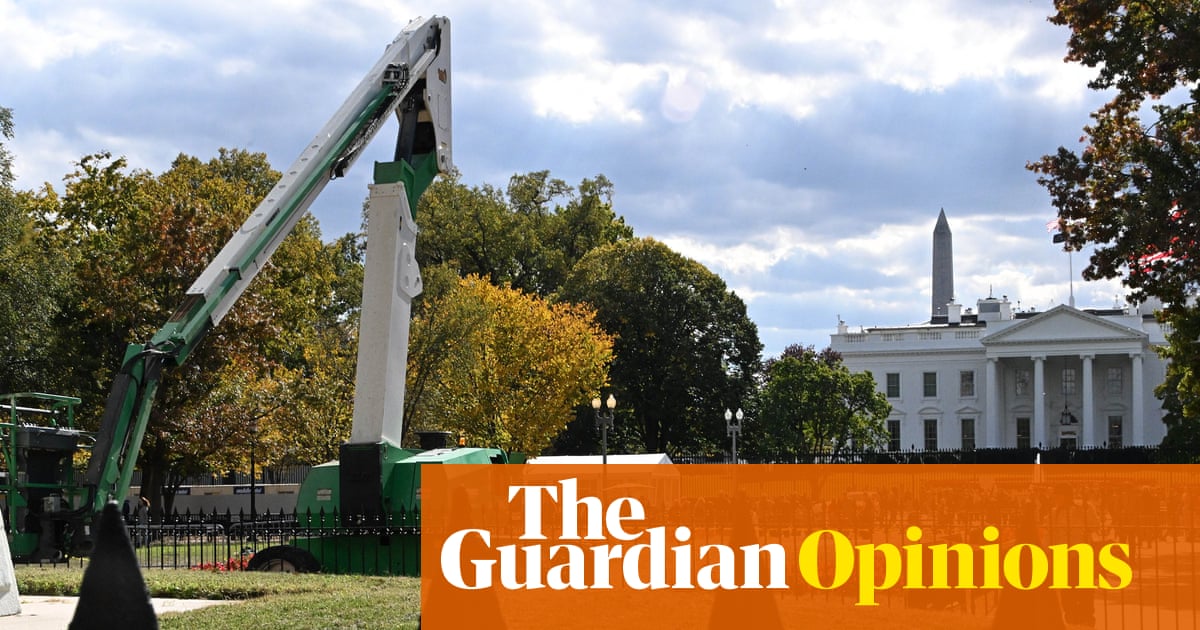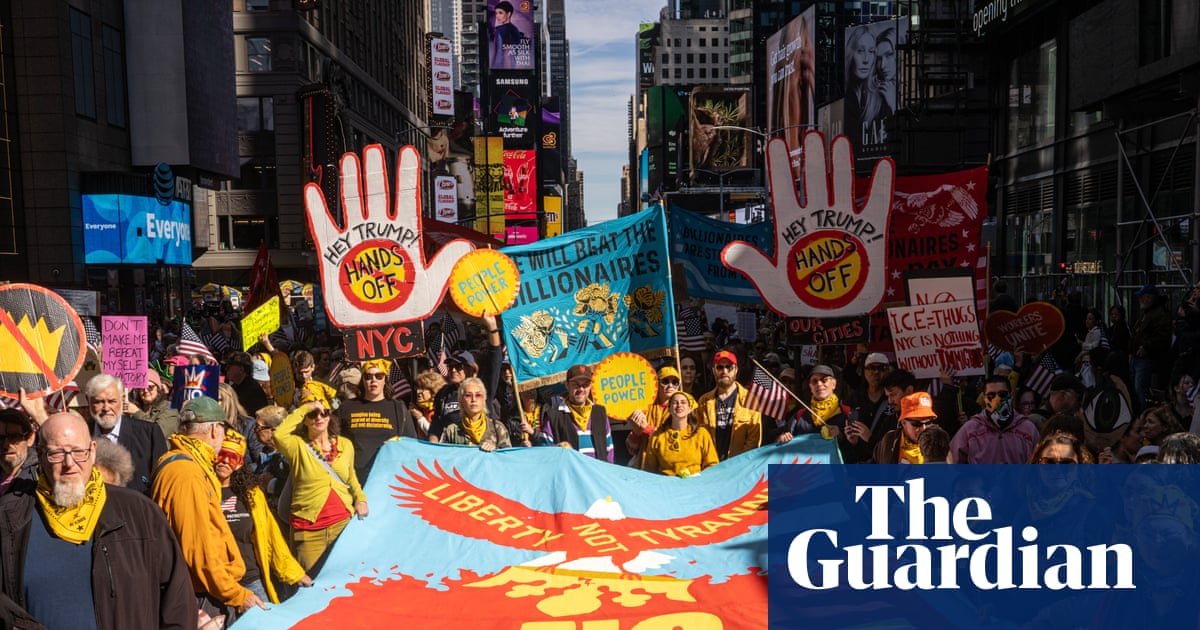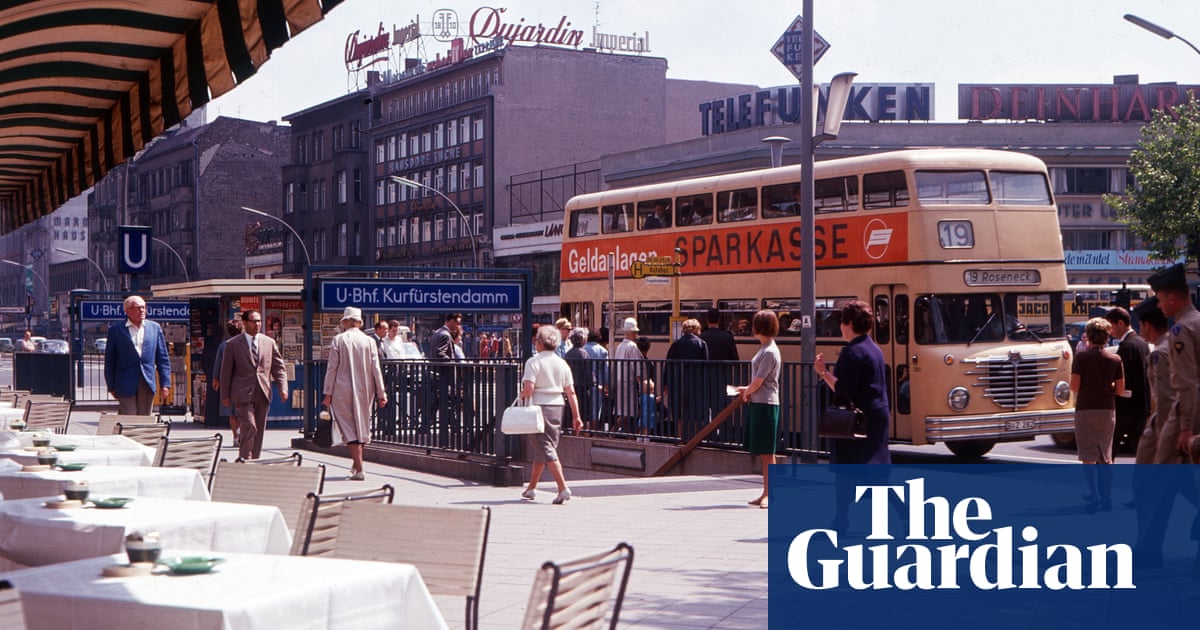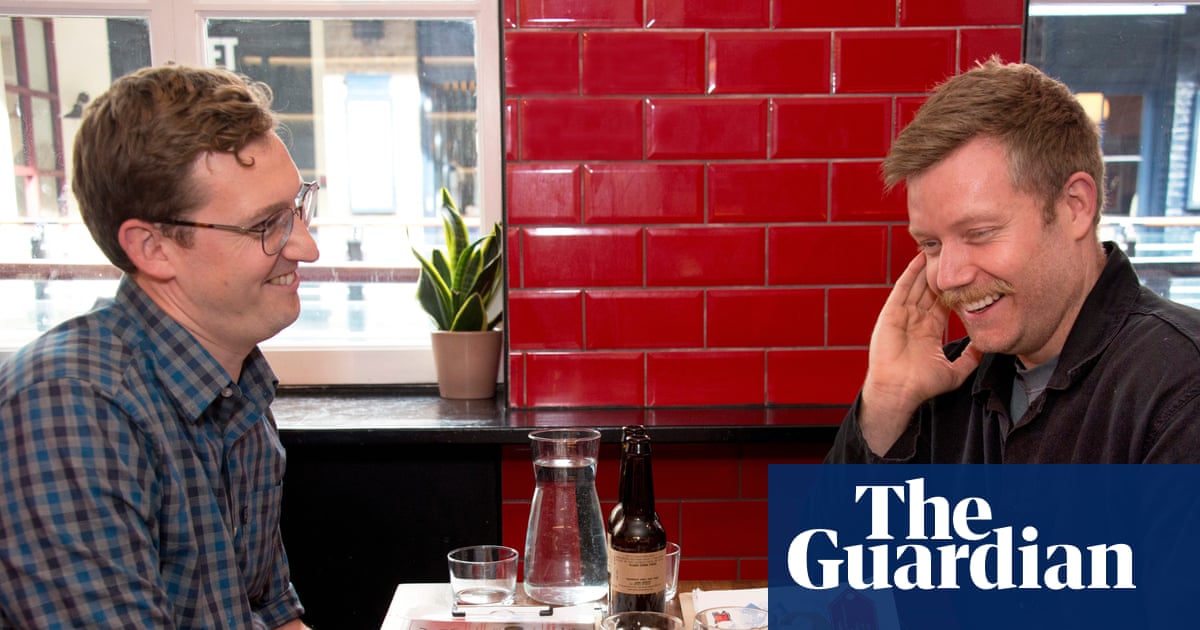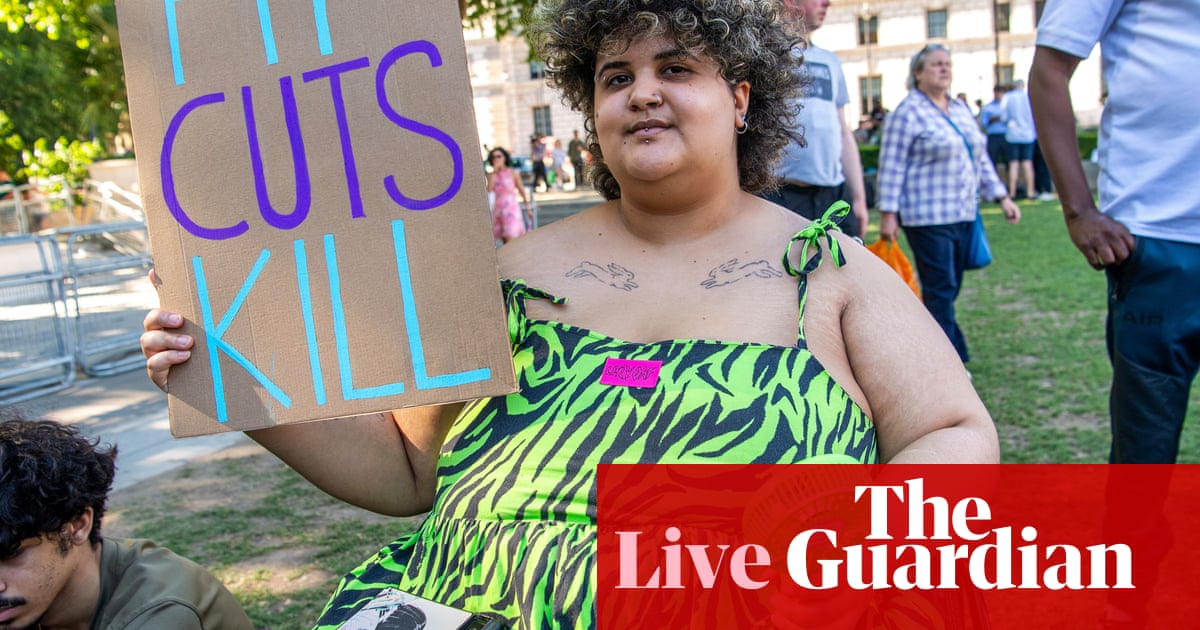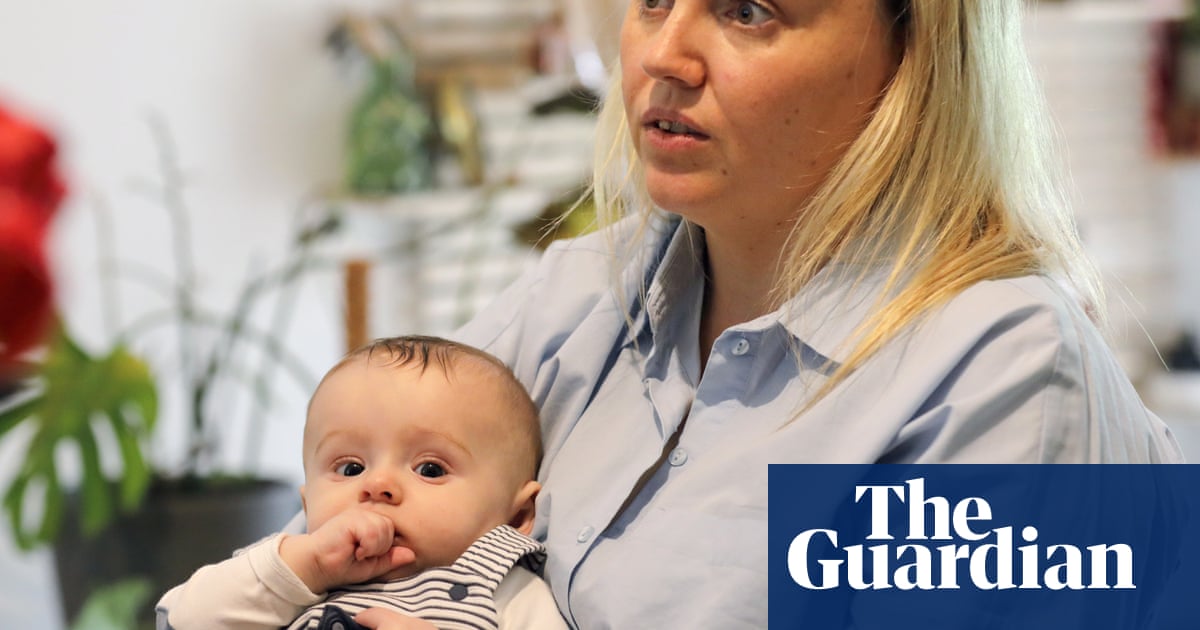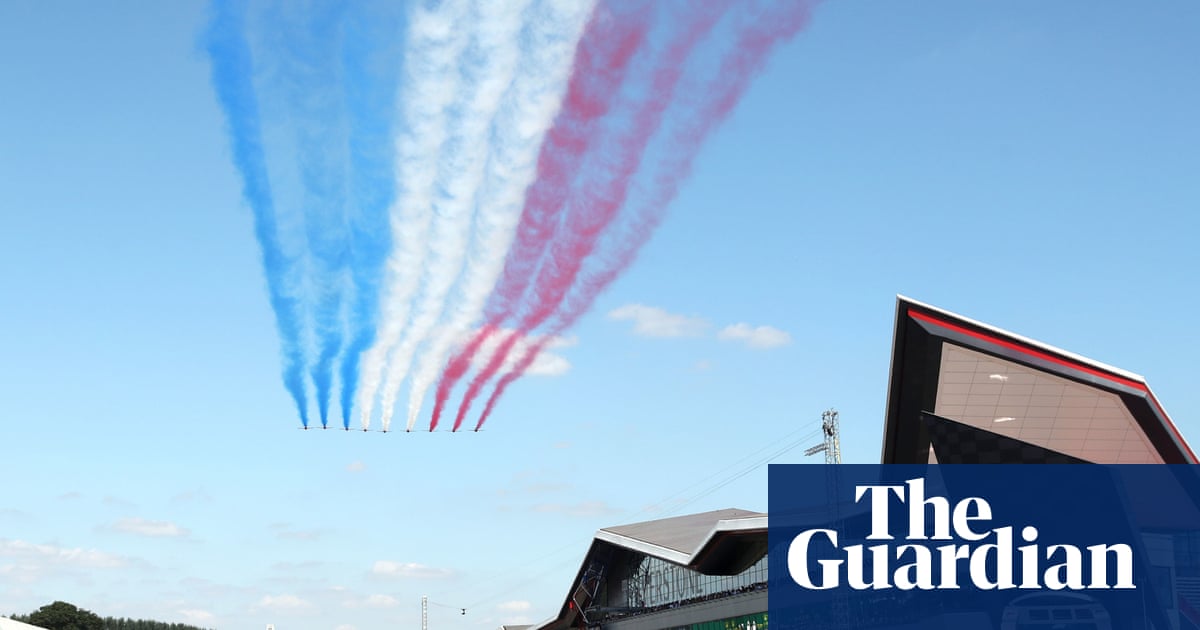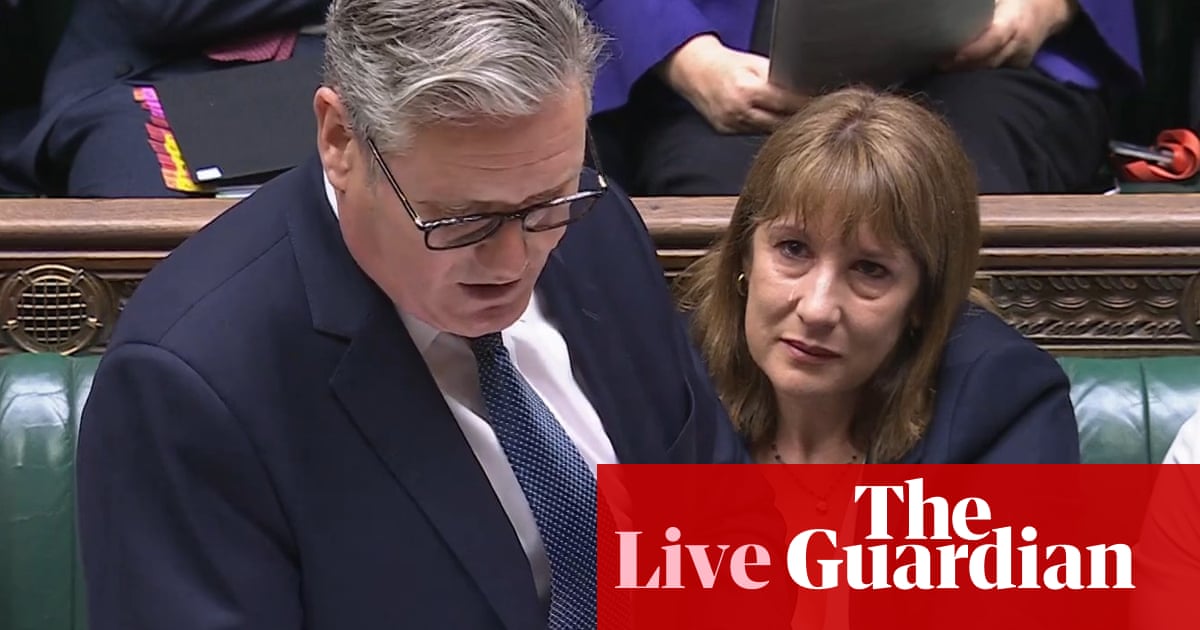A supposedly temporary yellow line marking Gaza’s ceasefire is taking an increasingly physical form as the precarious truce shows signs of stalling, with potentially dramatic consequences for Palestine’s future.
Israel Defense Forces (IDF) troops have started installing yellow concrete markers every 200 metres to delineate the area remaining under Israeli control during the first phase of the ceasefire.
The line cuts Gaza roughly in half. In the western part, Hamas is seeking to reassert its control in the vacuum left by the partial Israeli withdrawal, carrying out public executions of rival militia or gang members it claims are backed by Israel.
In the other half of Gaza, covering the eastern strip as well as the northern and southern borders, the IDF has been reinforcing scores of military outposts and firing at anyone approaching the line, whether it has been marked with yellow blocks or not.
“In our area, the yellow lines aren’t clearly visible. We don’t know where they start or end. I think they’re clearer in other places, but here, nothing is defined,” Mohammad Khaled Abu al-Hussain, a 31-year-old father of five, said. His family’s house is in al-Qarara, north of Khan Younis and just east of the yellow line, in the IDF-controlled zone.
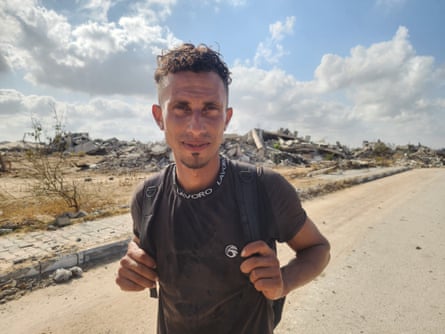
“As soon as we get close to our homes, bullets start flying from every direction, and sometimes small drones, the quadcopters, hover above us, watching every move,” he said. “Yesterday, I was with my friend when we suddenly came under heavy gunfire. We threw ourselves to the ground and stayed there until the shooting stopped. I couldn’t reach my house.
“It feels like the war hasn’t really ended for me. What’s the point of a ceasefire if I still can’t return home?”
He added: “It breaks my heart to see people on my way going back to their houses while I remain stuck between hope and fear. But what worries me most is the idea that this line might stay, that no decision will ever allow us to return.”
The free-fire policy along the line – ordered by the Israeli defence minister, Israel Katz – follows an attack on Sunday 19 October in the southern city of Rafah in which two Israeli soldiers were killed.
Two weeks into the ceasefire, more than 20 Palestinians are still being killed on average each day, many of them close to the yellow line. Consequently, very few of the displaced are returning to the area under Israeli control.
The political hurdles remain immense to moving to a second phase of the ceasefire, which would involve Hamas being disarmed and replaced by an multinational stabilisation force, and an IDF withdrawal from the yellow line to positions closer to the Gaza border. The right wing of the prime minister Benjamin Netanyahu’s governing coalition is fiercely opposed to further withdrawal, and the internationalisation of control over Gaza.
In the impasse, the yellow line continues to take on a more permanent form, and is increasingly referred to in Israeli media as a “new border”.
Writing in the Yedioth Ahronoth newspaper, the military correspondent Yoav Zitun predicted the yellow line could evolve into “a high and sophisticated barrier that will shrink the Gaza Strip, enlarge the western Negev and allow for Israeli settlements to be built there”.
“It looks like a de facto creeping annexation of Gaza,” said Jeremy Konyndyk, president of the Refugees International advocacy group and a former US aid official.
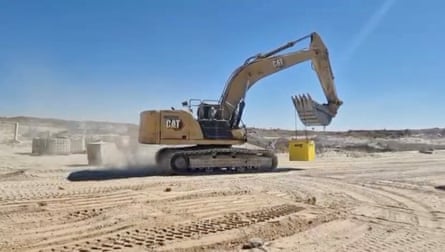
Under the terms of the US-brokered ceasefire which came into effect on 10 October, the IDF withdrawal to the yellow line would leave it occupying 53% of the Gaza Strip, but a BBC satellite analysis of the new yellow markers suggested they had been placed several hundred metres beyond the proposed line, representing a further substantial land grab.
An IDF spokesperson said there was no official comment on the BBC report. An earlier IDF statement said only that work had started on marking the yellow line with a “concrete barrier with a pole painted yellow, standing 3.5 meters high”, intended “to establish tactical clarity on the ground”.
What is becoming clear is an ever-sharper partition of Gaza, with most of the surviving 2.1 million population crammed into half the territory, amid the ruins left by two years of Israeli bombardment.
“The yellow line, as far as we have been told, lies about 1km past Salah al-Din Street,” said Ayman Abu Mandeel, referring to the main thoroughfare running from south to north through the middle of the Gaza Strip.
Abu Mandeel is 58 years old, with nine children, and the remains of a house in eastern al-Qarara, but little hope of returning there any time soon. “The Israeli army has set up cranes, watchtowers and tanks there. They monitor every movement and open fire on anyone who gets close.”
“We haven’t seen the yellow markings ourselves, because anyone who tries to reach those areas is immediately targeted,” he said. “The quadcopters don’t hesitate to shoot at anyone who moves toward them, as if getting close to our own land has become a crime.”

At the root of the continung division and violence is the vagueness of the truce. The “Trump peace plan” was a list of 20 principles and aims, but with no sequence or sense of how one goal might follow another.
“It is incredibly vague,” said Rohan Talbot, the director of advocacy and communications for the charity group Medical Aid for Palestinians. “Now we are in a moment when many different actors, obviously including the Israeli government, the Americans, the international community and humanitarian actors, are all vying to interpret and influence what comes next.
“One of the guiding principles that we should appreciate from decades of grim experience is that anything temporary in occupied Palestinian territory very quickly becomes permanent.”
The status quo meanwhile leaves at least half of Gaza’s population unable to return home or even think about rebuilding. The hopes aroused by the ceasefire are fading fast.
“Each time we try to get closer to home, we see new destruction, new bombardment, and new advances by military vehicles. The shelling from artillery, tanks, and drones hasn’t stopped, as if the war never ended,” said Salah Abu Salah, from Abasan al-Kabira in east Khan Younis, which is now on the “wrong” side of the yellow line.
“I can’t help but fear that the army now intends to establish new borders that we will never be allowed to cross again.”

.png) 4 hours ago
4
4 hours ago
4


